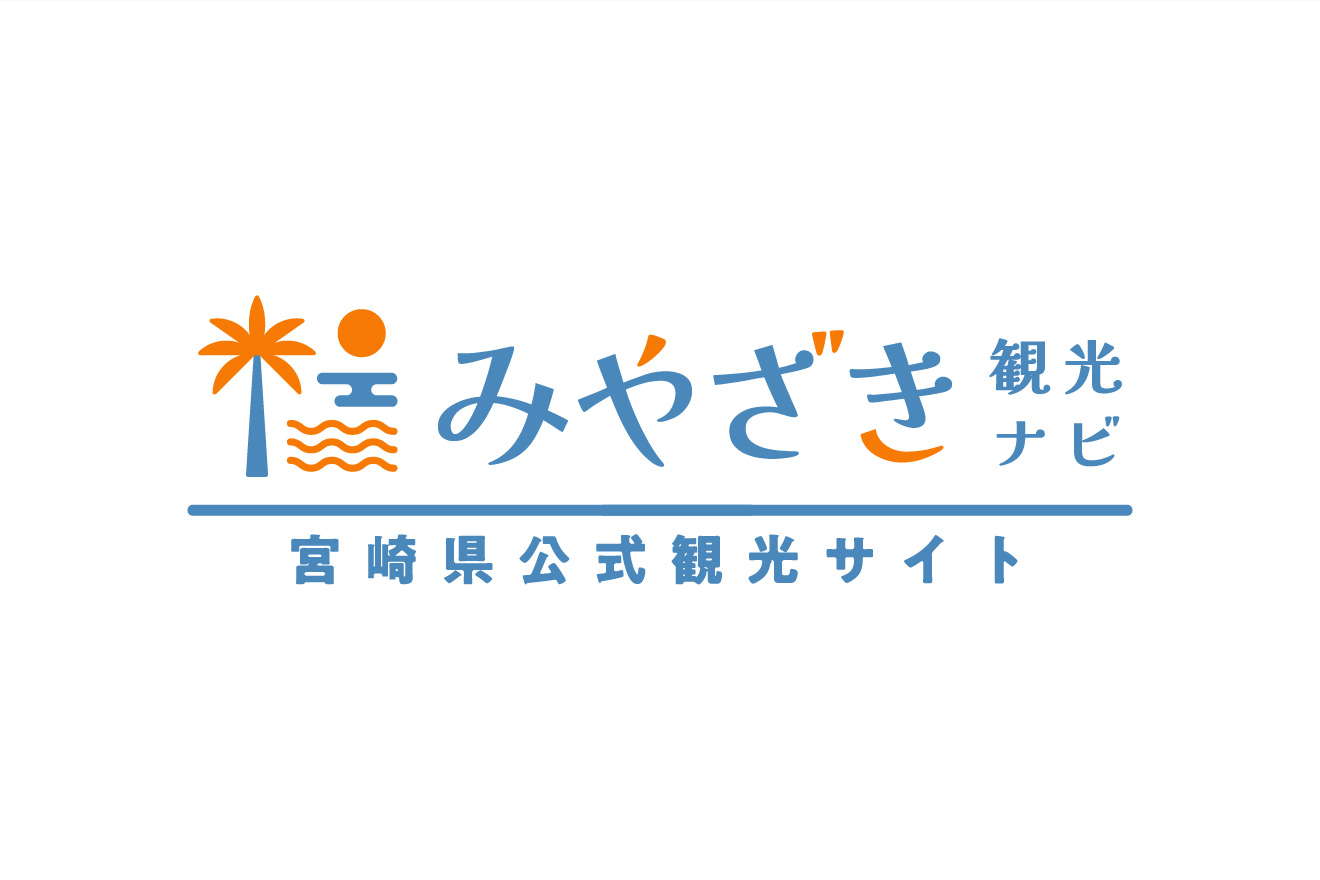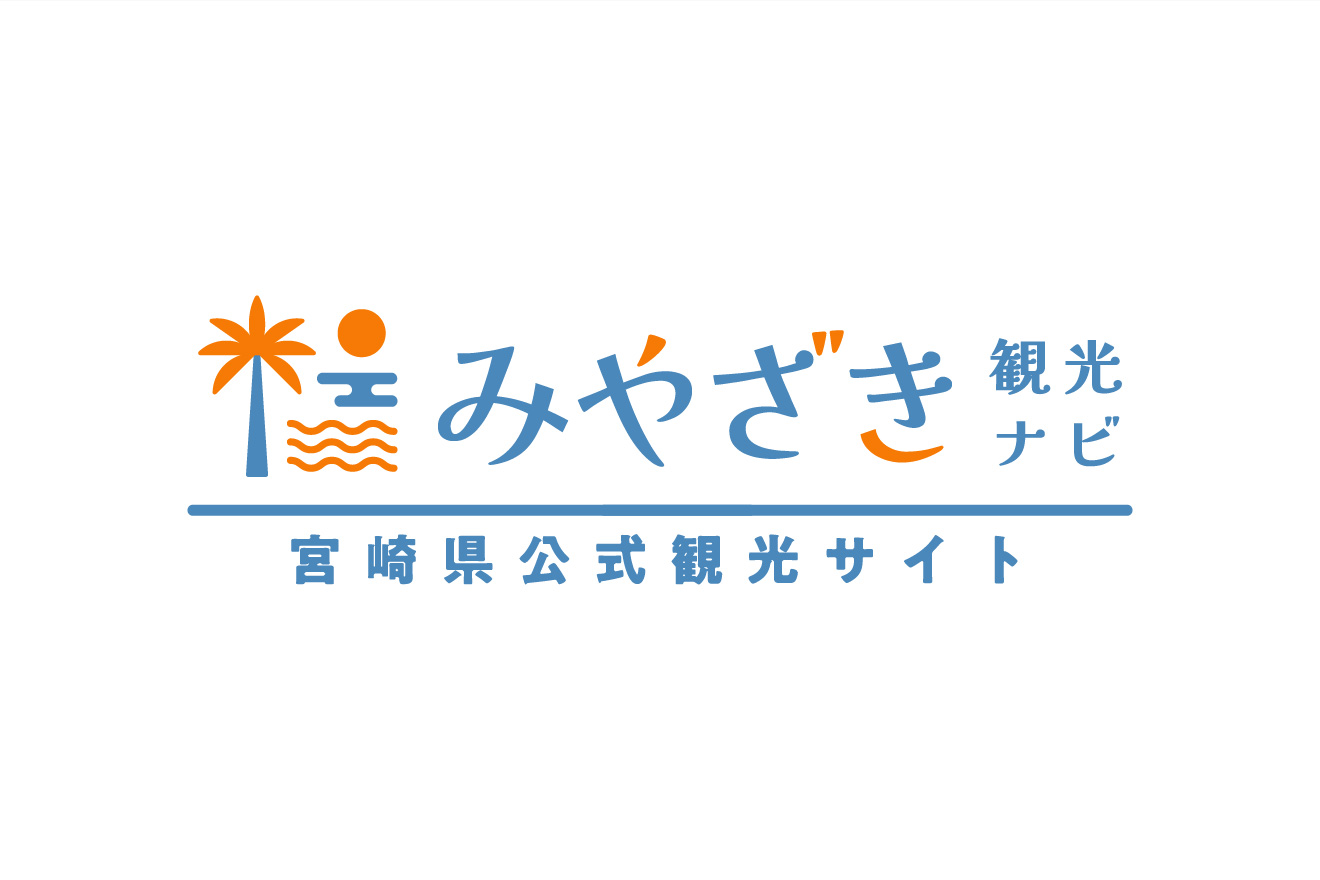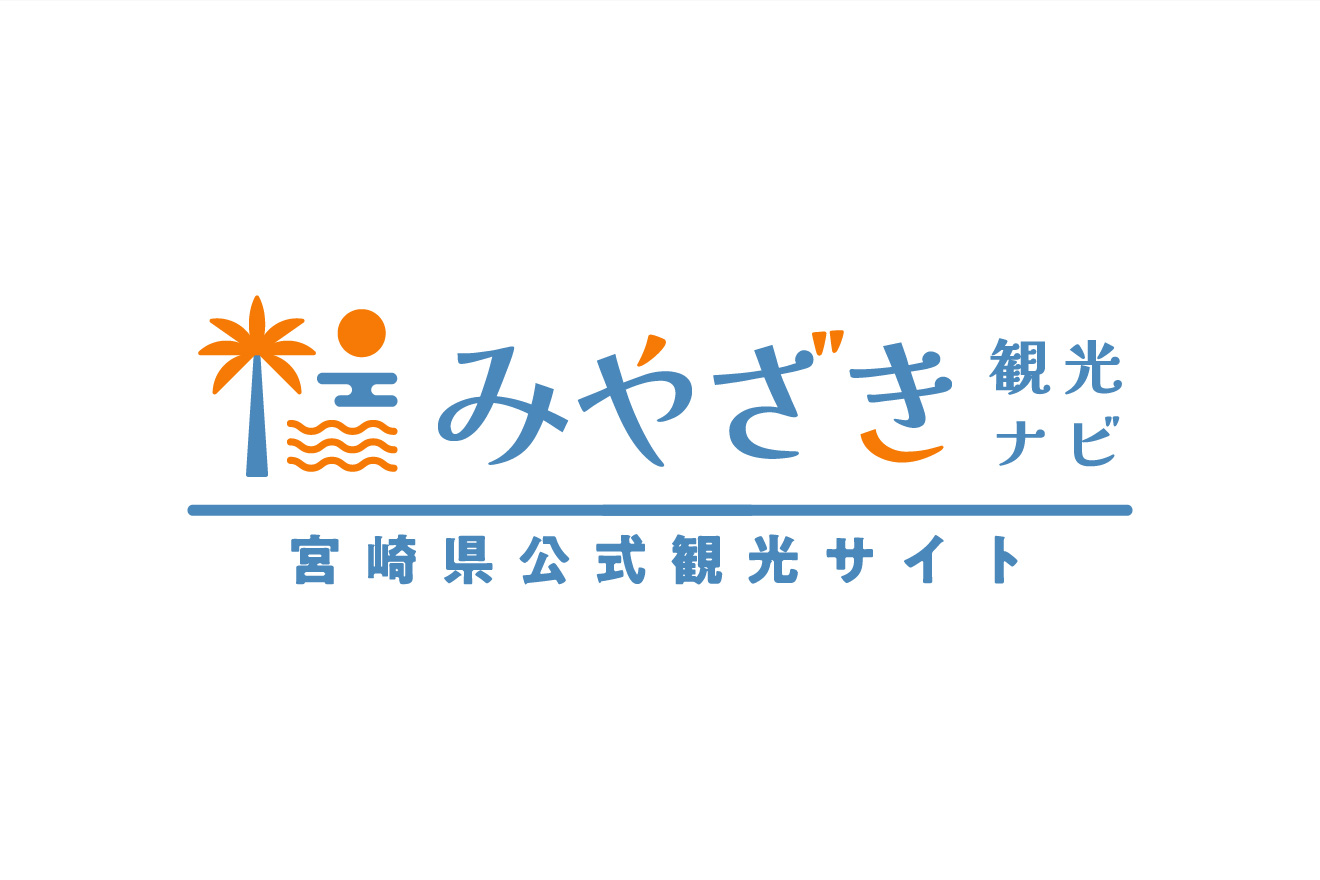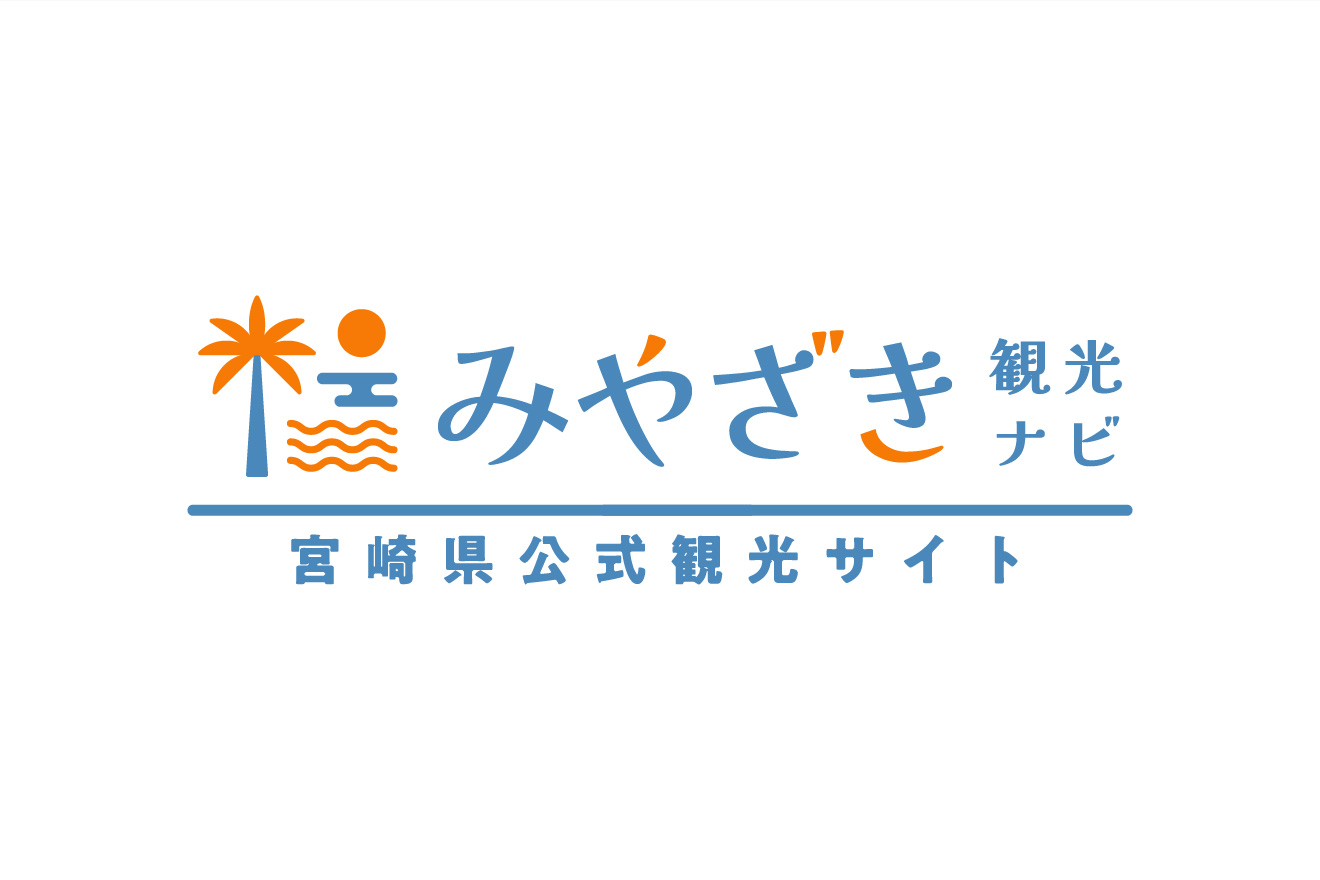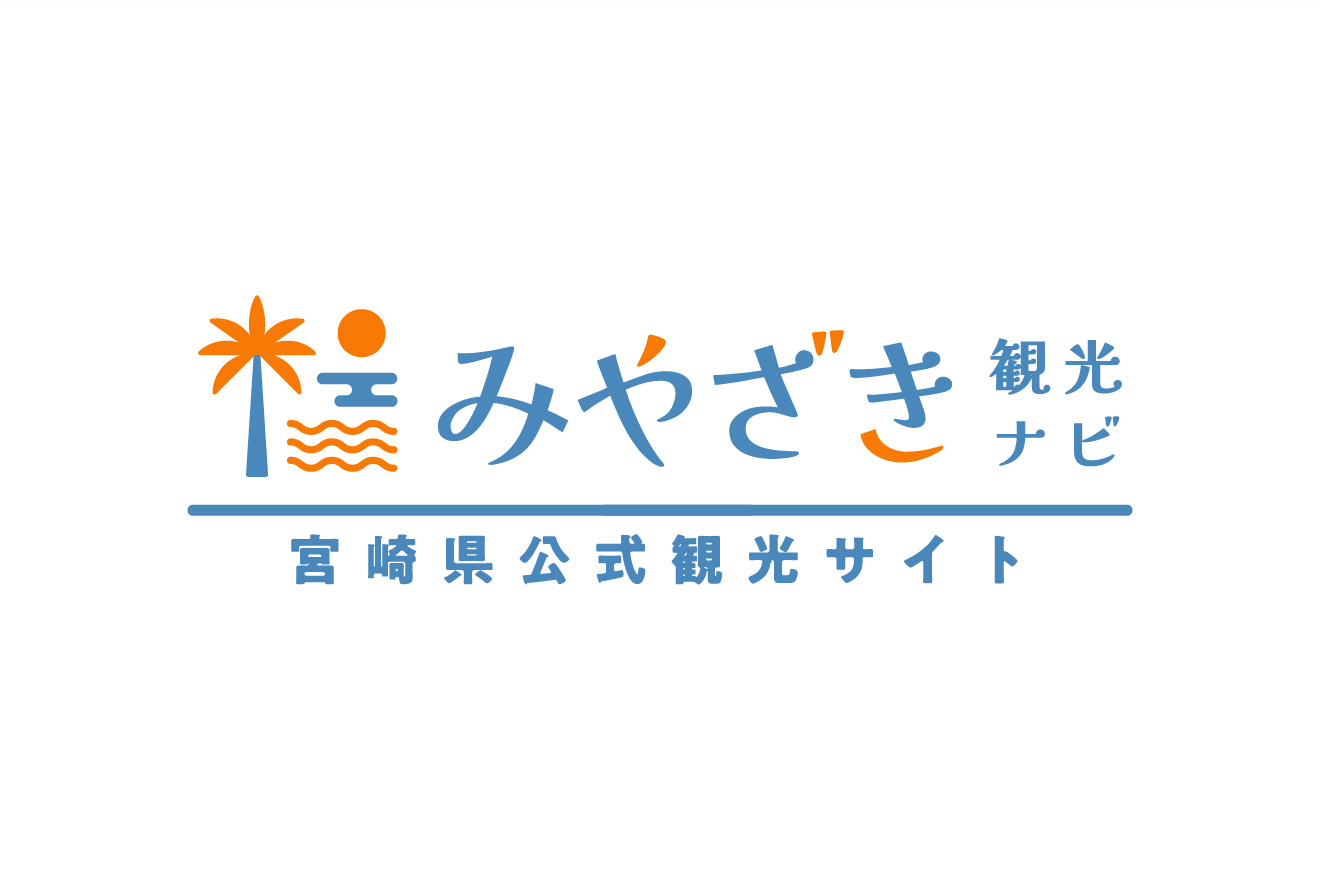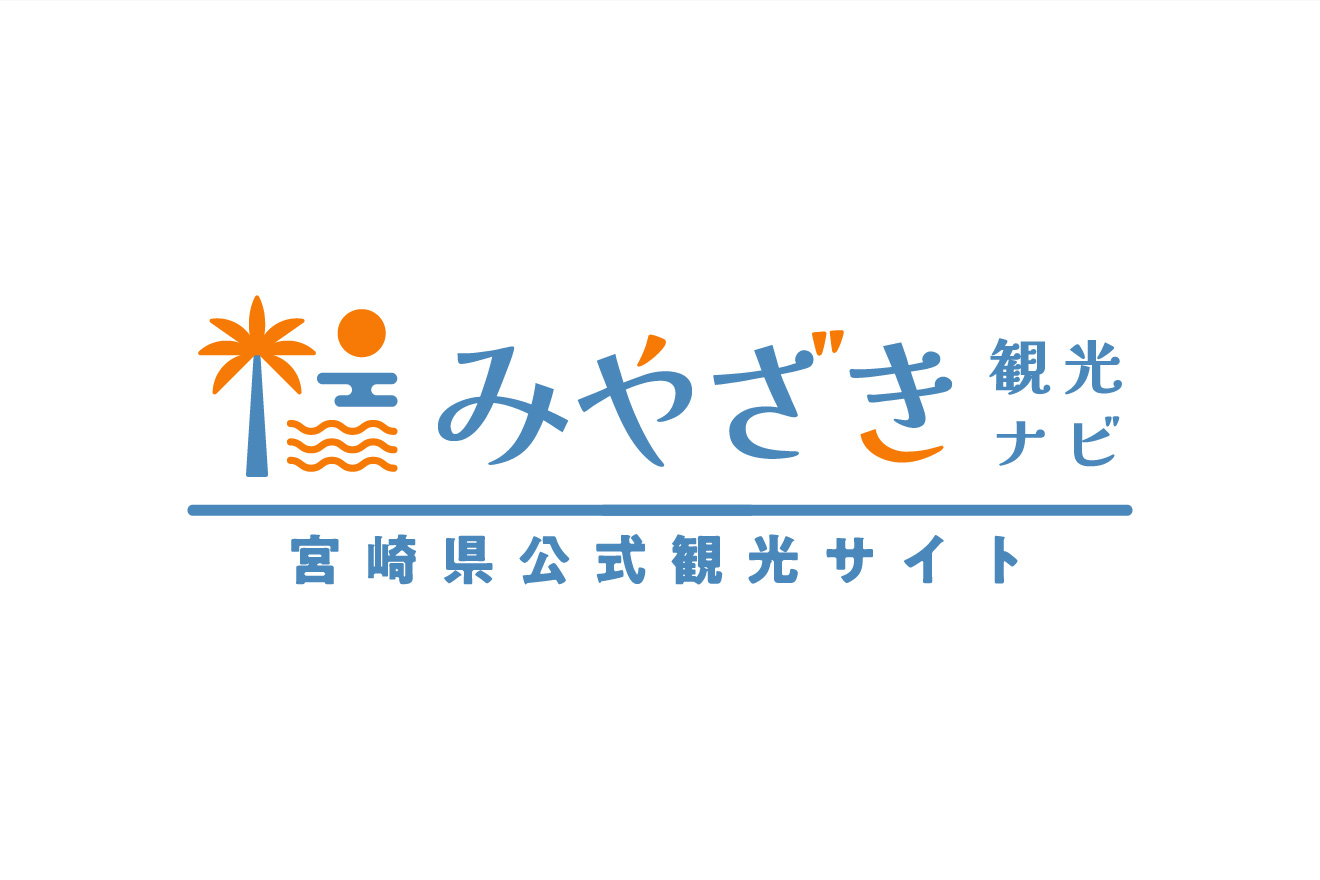| ● The Nichinan Coastline | ● Aoshima Island | |||||||
|
| |||||||
| ● Obi Castle Town | ● Udo Shrine | |||||||
|
| |||||||
| ● Saitobaru | ● Nishi-no-Shosoin | |||||||
|
| |||||||
| ● Shusen-no-Mori | ● Sun Messe Nichinan | |||||||
|
| |||||||
| ● Miyazaki City Phoenix Natural Zoo | ● Heiwadai Park | |||||||
|
| |||||||
| ● Miyazaki Shrine | ||||||||
| ||||||||
Thursday, November 18, 2010
Must See Places In Miyazaki
Renown Sports In Miyazaki
Must Try Food In Miyazaki
| ● Chicken Namban | ● Jidori-momoyaki | ● Ise ebi lobster | |||||||||||||||||||||||||||||||||||
|
|
| |||||||||||||||||||||||||||||||||||
| ● Miyazaki Beef | ● Hiyajiru (cold soup) | ● Lettuce-maki | |||||||||||||||||||||||||||||||||||
|
|
| |||||||||||||||||||||||||||||||||||
| ● Obiten (Obi Tempura) | ● Chirimenjako | ● Cheese Manju | |||||||||||||||||||||||||||||||||||
|
|
| |||||||||||||||||||||||||||||||||||
| ● Hyuganatsu Orange | ● Shochu | ● Mango | |||||||||||||||||||||||||||||||||||
|
|
| |||||||||||||||||||||||||||||||||||
Must See Nature Of Miyazaki

Umagese(Hyuga City)
Rising vertically 70 meters above sea level, this cliff was so named because of its resemblance to the shape of a horse's back.("Umagase" means "Horse's back" in Japanese)

Sekino-O Falls
The waterfall is 18 meters above the Shoudai River, and 40 meters wide.Downstream from the falls, it is possible to see many holes of various
sizes in the riverbed.
sizes in the riverbed.

Kunimigaoka Cloud Ocean
The summit of this hill is 513 meters above sea level, and has views of both Mt. Sobo, and Mt. Aso. On early-spring and late-autumn mornings, or when there is a big difference between the maximum and minimum daily temperatures, the dramatic Cloud Ocean can be seen.

Cape Toi (Kushima City)
Located at the very South of the Prefecture,this area has long been home to a breed of wild horse known as "Misaki-uma".
 Ebino Plateau(Ebino City)
Ebino Plateau(Ebino City) Located at the foot of Mt. Karakunidake, Ebino Plateau is surrounded by virgin forest and volcanic lakes, and is the highest place in Kyushu with hot springs
Tuesday, November 16, 2010
Culture Of Miyazaki
 Miyazaki Science Center
Miyazaki Science CenterThis is a place where you can view the wonders of the universe in the planetarium, and also take part in enjoyable scientific experiments. The center is due to reopen in May 2004.
 Miyazaki Pref. Museum of nature and history
Miyazaki Pref. Museum of nature and historyThis is a place where you can experience the beauty and history of miyazaki. On the grounds, a replica or an ordinary 19th century style house has been constucted.
 Miyazaki Pref. arts Center
Miyazaki Pref. arts CenterEquipped with Japan's largest pipe organ, and the isaac stern hall, this arts center is among the best in the country.
 Miyazaki Pre. Art Museum
Miyazaki Pre. Art MuseumThis Art Museum has a collection of about 2000 works of art, including picasso's "woman with a Velvat Hat on an armchair, and pigeon."
Saturday, November 13, 2010
History Of Miyazaki, Japan

Also known as Miyazaki Prefecture, it is located in the South Eastern corner of the island of Kyushu, the Southernmost of the four main island in Japan. The Western area of the Prfecture is mountainour, consisting of the Kyushu mountain range & the Kirishima volcanic zone & the Eastern border is the coastline of the Pacific Ocean.
Miyazaki has a total area of approximately 7,734 km2 & a population of 1,166,074 people. In addition to its year-round warm climate, Miyazaki's weather is among the best in Japan based on the amount of fine days, sunshine & precipitaion, due to the influence of warm currents off the coast.
Miyazaki plays a prominent part in Japanese mythology, as it is believed to be the home of the Gods who created Japan. There are many places in Miyazaki that have links to these Gods & their deeds that are mentioned in the ancient myths & legends & many reminders of this distant past such as the Saitobaru Burial Mounds still remain today.
Due to its long history as a holiday destination, Miyazaki boasts abundant accommodation facilities & service levels in these establishments that are second to none. The whole of Miyazaki has a relaxed tropical atmosphere.
Cities In Miyazaki
- Ebino
- Hyuga
- Kobayashi
- Kushima
- Miyakonojo
- Miyazaki (Capital)
- Nichinan
- Nobeoka
- Saito
History Of The Japanese Exchange Programme
The friendship between Assumption English School & Miyazaki, Japan started in 1999. In all, our school has sent 4 batches of students on this Exchange Programme & more are bound to experience this amazing trip. The first batch that Assumption English School sent consisted of 38 students from the Concert Band, who went to Miyazaki for a Band Music Exchange Programme with the students there. In 2001, a batch of 30 students participated in the programme, in 2004, another 20 students & recently in 2008, another group of students were sent to Japan.
The itinerary for each programme was planned to maximize the students' potential in various aspects.
The trip included a home stay with host families, where our students had an insight to the typical lifestyle of Japanese families. School visits were also included as part of the programme to allow interactions between students. Hence they were able to immerse themselves in the school culture & gain insights in the school activities.
Through these activities, our students learnt more about the Japanese culture. In return, our students also shared their nation's identity through presentations, songs & interactions. Participants were able to learn & appreciate the differences in cultures.
Of course, the trip would not be complete without time for 'Resting & Relaxing'. Each trip ended with a round of enriching sightseeing & interesting shopping.
& in the of 2010, Assumption English School will be sending another amazing group of students over to Miyazaki, Japan to continue the legacy of the Japanese Exchange Programme...
The itinerary for each programme was planned to maximize the students' potential in various aspects.
The trip included a home stay with host families, where our students had an insight to the typical lifestyle of Japanese families. School visits were also included as part of the programme to allow interactions between students. Hence they were able to immerse themselves in the school culture & gain insights in the school activities.
Through these activities, our students learnt more about the Japanese culture. In return, our students also shared their nation's identity through presentations, songs & interactions. Participants were able to learn & appreciate the differences in cultures.
Of course, the trip would not be complete without time for 'Resting & Relaxing'. Each trip ended with a round of enriching sightseeing & interesting shopping.
& in the of 2010, Assumption English School will be sending another amazing group of students over to Miyazaki, Japan to continue the legacy of the Japanese Exchange Programme...
Wednesday, November 10, 2010
Do's & Don'ts
Meal Time~~
- Do not stick your chopsticks in your rice bowl.
- Do not make noise by nitting your plates/glasses with your utensils.
- Do not rest your elbow on the table while eating.
- Hold your rice/soup with your left(right) hand if you are a right(left)-handed when you are eating.
- Eat all the dishes evenly. (Traingle eating) Do not keep eating one particular dish.
- Do not wipe your face/neck with a wet wash cloth in the restaurants. The wash cloth is for wiping your hands!
- Do not lick the lid of your ice-cream/ yogurt cup.
- Do not hesitate to ask for forks and spoons if your cannot use chopsticks.
- Do not mix the food together!
- Do not reach into the serving dish with your chopsticks. If there's no serving utensils, flip your chopsticks over and serve yourself with the end of your chopsticks.
- Do not eat while walking around. Eat your food where you buy it.
- Eat every grain of rice in your bowl. if you leave any it means that you want more.
- Slurp your noodles! It's okay, but you do not have to.
- Try all foods. You may end up loving them. If you don't like it, you don't have to finish it.
- Before eating the phrase, ITADAKIMASU, must be said.
- After the meal, the phrase, GOCHISOU SAMA DESHITA must be said.
Taking Baths in Japan (Onsen)
- Bring a small towel and a bath towel.
- Undress yourself in the changing room and take only the small towel with you into the bathroom.
- Wash yourself at the washing area and use the small towel to scrub yourself with soap.
- Take off your underwear before you go in.
- Put yourself in the towel and relax. Do not put your small towel into the water. (put them on the head instead.)
- Before you leave, take a shower again and wipe your body with the small towel before going back to the changing room.
- Go back to the changing room and wipe yourself with bath towel. Put your clothes on and leave.
- DO NOT wash your body in the tub.
- DO NOT drain the hot water after usage.
Giving/ Accepting of Gifts
- Give and accept gifts with both hands and bow.
- Refuse the gift once or twice before accepting.
- Wrap the gift and put it in a bag.
- Most of the time, hand-made gifts are usually exchanged. (Depending on the host)
- Give each of the family members a gift.(Liquor are of a good choice)(Bring sufficient gifts)
- Give your gifts in private if you are not giving the whole group a gifts.
- Do not give gifts in odd numbers or in fours.
- Try not to give the family members the same type of gifts.
- DO NOT give gifts that are made in JAPAN.
Visiting/ Entering Someone's house
- Bowl
- Take off your shoes and place it neatly.
- Introduce yourself.
- Take a seat only after being asked to do so.
- When leaving the house, give a gesture, bow.
- Avoid physical contact.
- If you are given a gift with a wrapping paper, please do not crumple it.
- If offered a drink, only drink after the word, DOUZO, has been said.
- Do not wear your shoes into the house. Some families provide slippers.
- Do not wear house slippers into the bathroom. Bathrooms have their own slippers.
- Do not aks for bathroom or restroom. Ask for the toilet. The bathroom is a room you take your shower in.
General Etiquette
- Take note on Japanese people's facial expressions, they rely on facial expression, tone of voice and posture to tell them what someone feels.
- Often trust norrverbal messages more than the spoken words as they amy have several meanings.
- Frowning while someone is speaking shows a sign of disagreement.
- Watch out this expression, inhaling through clenched teeth, tilting the head, scratching the back of the head and scratching the eyebrow.
- Do not blow your nose in public.
- Always be polite.
Monday, November 8, 2010
Japanese phrases when going out/shopping
English -->japanese
welcome --> youkoso(iratsushaimasu)
this is cute -->kore kawaii
i will take this -->kore kudasai
how much is this?-->(kore wa) ikura
its 500 yen-->go hyaku endesu
im hungry -->onakaga sukimashita
are you hungry ?-->onakaga sukimashitaka?
lets have something to eat-->nanika tabemashou
food/drinks
i want a hamburger-->han bagaa ga tabetai
can i have a fish filet?-->fireo fish o kudasai
sandwich -->sando icchi
french fries-->furaido poteto
curry rice-->kareeraisu
fired rice--> yakimeshi(chaahan)
soup noodle-->ramen/udon/soba
fired noodle -->yakisoba
bread-->pann
coke -->cocacoora
tea-->ocha
coffee-->coohi
lemon tea-->miruku ti-
milo-meero
welcome --> youkoso(iratsushaimasu)
this is cute -->kore kawaii
i will take this -->kore kudasai
how much is this?-->(kore wa) ikura
its 500 yen-->go hyaku endesu
im hungry -->onakaga sukimashita
are you hungry ?-->onakaga sukimashitaka?
lets have something to eat-->nanika tabemashou
food/drinks
i want a hamburger-->han bagaa ga tabetai
can i have a fish filet?-->fireo fish o kudasai
sandwich -->sando icchi
french fries-->furaido poteto
curry rice-->kareeraisu
fired rice--> yakimeshi(chaahan)
soup noodle-->ramen/udon/soba
fired noodle -->yakisoba
bread-->pann
coke -->cocacoora
tea-->ocha
coffee-->coohi
lemon tea-->miruku ti-
milo-meero
Japanese greetings
English-->japanese
good morning-->ohayo gozaimasu
hello/goodafternoon--> kon-nichi wa
good evening-->kon-ban wa
good night -->oyasumi masai
good bye--> sayounara
bye informal-->bai bai
see you again -->mata aima shou
before meals -->itadaki masu
after meals -->gochisama(deshita)
thank you --> arigayou
thank you (informal)-->arigatou gozaimasu
thank you very much-->doumo arigatou
you are welcome --> dou itaiahimashite
excuse me -->sumimasen
i'm sorry -->gomen nasai
its alright -->daijoubu(desu)
good morning-->ohayo gozaimasu
hello/goodafternoon--> kon-nichi wa
good evening-->kon-ban wa
good night -->oyasumi masai
good bye--> sayounara
bye informal-->bai bai
see you again -->mata aima shou
before meals -->itadaki masu
after meals -->gochisama(deshita)
thank you --> arigayou
thank you (informal)-->arigatou gozaimasu
thank you very much-->doumo arigatou
you are welcome --> dou itaiahimashite
excuse me -->sumimasen
i'm sorry -->gomen nasai
its alright -->daijoubu(desu)
Japanese phrases for when you are sick
This is for the benefit for those who did not come not last Wednesday :
English --> Japanese
i feel giddy -->memai ga suru
i have a headache -->atamaga itai
my head feels heavy -->atamaga omoi
i have a stomach ache-->onakaga itai
i feel nausea-->hakikega suru
my heart burns -->munayakega suru
i am having constipation -->benpi wo suru
i have diarrhoea -->geri o suru
my skin itches -->hifuga kayui
i cut myself -->kirikizy wo shimashita
ive been hit -->daboku wo shimashita
i sprained myself -->nenza wo shimashita
i have a bone fracture-->kotsustse wo shimashita
i brunt myself --> yakedo wo shimashita
my tooth aches -->haga itai
my ear hurts -->mimi ga itai
my nose is bleeding -->hanaji ga deru
i cant hardly sleep-->nemurenai
you can find all this in the hand out the teacher gave us last Wednesday
Subscribe to:
Posts (Atom)
















